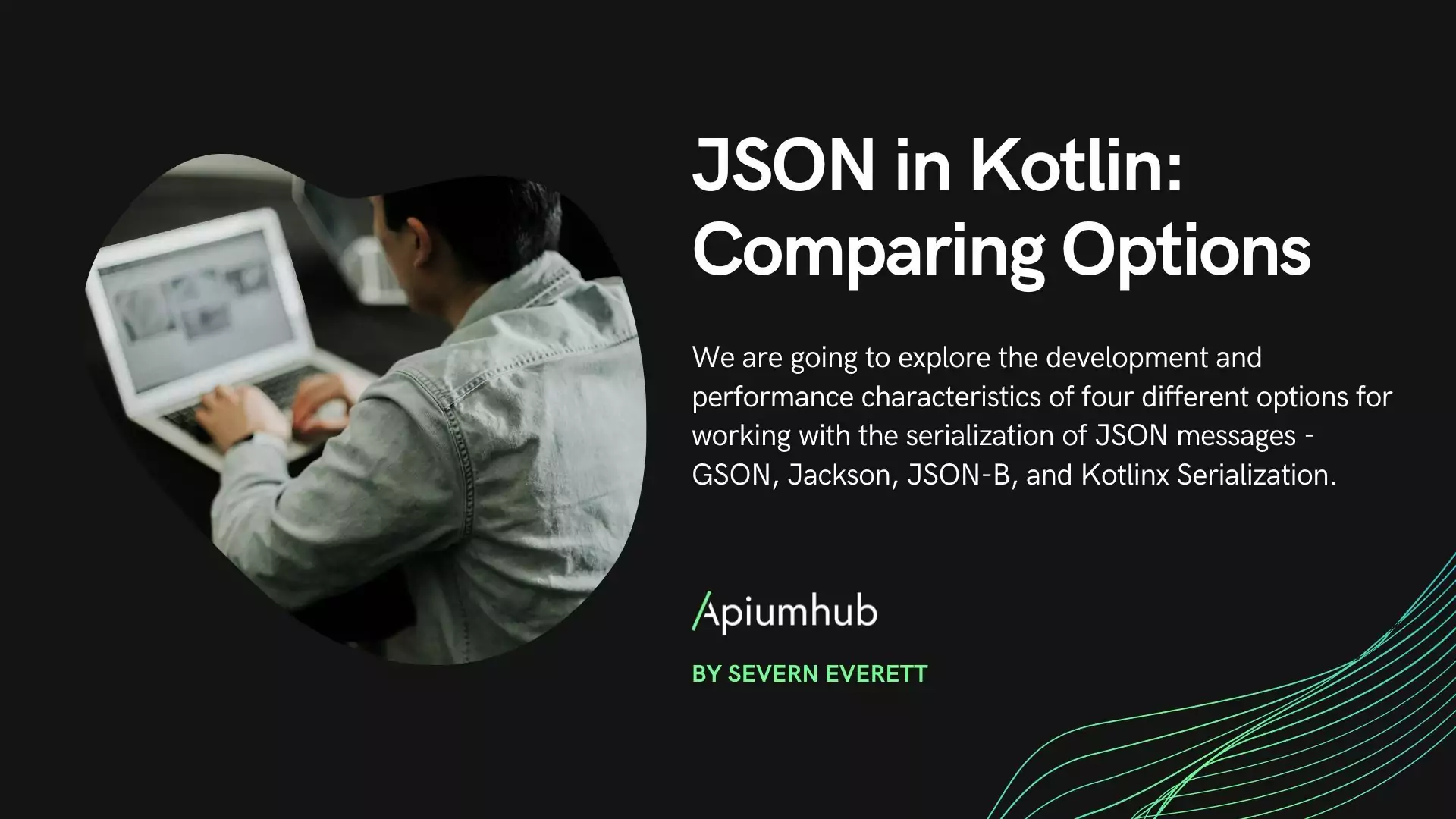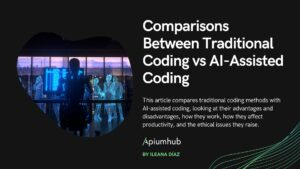Table of Contents
Introduction
Code reviews were introduced with the intention of improving code quality, developers review each other’s code during a code review to ensure software quality, usually prior to merging the code. Code review helps the team identify potential flaws that might elude detection during testing, saving time and money.
An effective code review prevents bugs and errors from entering your project by improving code quality early in the software development process. The code review process should not be limited to receiving only one-sided feedback. As a result, the collective team’s improved coding skills is an intangible benefit of the code review process.
Code Review Process is Critical
The code review process is critical because it evolves as an organization ages so you have to make sure to:
- Ensure that your code is bug-free.
- Reduce your chances of having issues.
- Confirm that the new code follows the guidelines.
- Improve the performance of new code.
There are few ways to conduct code reviews, let’s have a look at the 4 most used techniques for code reviews.
- “Over-the-Shoulder” review
This is the most common and informal method of code review. An “over-the-shoulder” review is exactly what it sounds like: a developer standing over the developer’s workstation as the developer walks the reviewer through a set of code changes, providing suggestions through a conversation. It is the easiest approach to code reviews and does not require a pre-defined structure, as it’s fast to complete & might work remotely with desktop-sharing and conference calls although “over-the-shoulder” code reviews were traditionally done in person.
- Email pass-around review
This is the most common type of code review, and it is preferred by the majority of open-source projects. The author packages up entire files or changes and emails them to reviewers. Reviewers look over the files, ask questions, and discuss changes with the author and other developers. Finding and collecting the files under review is the most difficult part of the email pass-around. The version control system can help the process by automatically sending out emails. Email pass-arounds, like over-the-shoulder reviews, are relatively simple to implement. Unlike over-the-shoulder, emails do not take developers out of “the zone” while they are working; reviews can be completed whenever the reviewer has the opportunity.
The most significant drawback to email-based reviews is that they can quickly become an unreadable mass of comments, replies and code snippets, especially when others are invited to participate and there are multiple discussions taking place in different parts of the code. It’s also difficult to manage multiple reviews at once and there is no indication that the review has been “completed”.
- Pair-programming review
Most people associate pair programming with Extreme Programming (XP) or agile development. Pair-programming is a process that incorporates continuous code review between two developers.It has been shown to be very effective at both finding bugs and promoting knowledge transfer.
The reviewing developer is deeply involved in the code, giving careful consideration to the issues and consequences of various implementations. On the one hand, this gives the reviewer a lot of inspection time and a deep understanding of the problem at hand, which may indicate that the review is more effective. This has brought some complaints about reviews’ objectiveness. Some developers suggest using both techniques: pair-programming for the deep review and a standard review for fresh eyes afterward. Although this takes a lot of developer time to implement, it would seem that this technique would find the greatest number of defects.
- Tool Assisted review
Today there are a few tools for collecting files & metrics, transmitting and displaying files, showing commentaries and providing product managers with some control over the code workflow.
Open-source projects, commercial software, and home-grown scripts can all be considered “tool-assisted.” Therefore, the tool had better provide many advantages if it is to be worthwhile. Specifically, it needs to fix the major problems of the foregoing types of review with version control changes, automated file gathering, display files for before/after file differences, accurate metrics, workflow enforcement at a reporting level and integrations.
Whether you like command-line tools, integrations with IDE’s and version control GUI clients or web services API’s, a tool-assisted review has to fit with the developer’s way of thinking, so that his work is even more agile and not the other way around.
Conclusion
All of the techniques listed above are beneficial and will result in better code than you would have otherwise. Find the best one for you. According to our experience as a software company our developers find the most potential coming from pair programming & tool-assisted reviews.
Whatever you choose, your developers will discover that code review is an excellent way to find bugs, mentor new hires, and benefit knowledge transfer.
Author
-
Senior Marketing Consultant & Marketing Manager at Apiumhub. He brings over 10 years of industry experience. He specializes in digital marketing, SEO & business intelligence, delivering results through data-driven strategies.
View all posts









